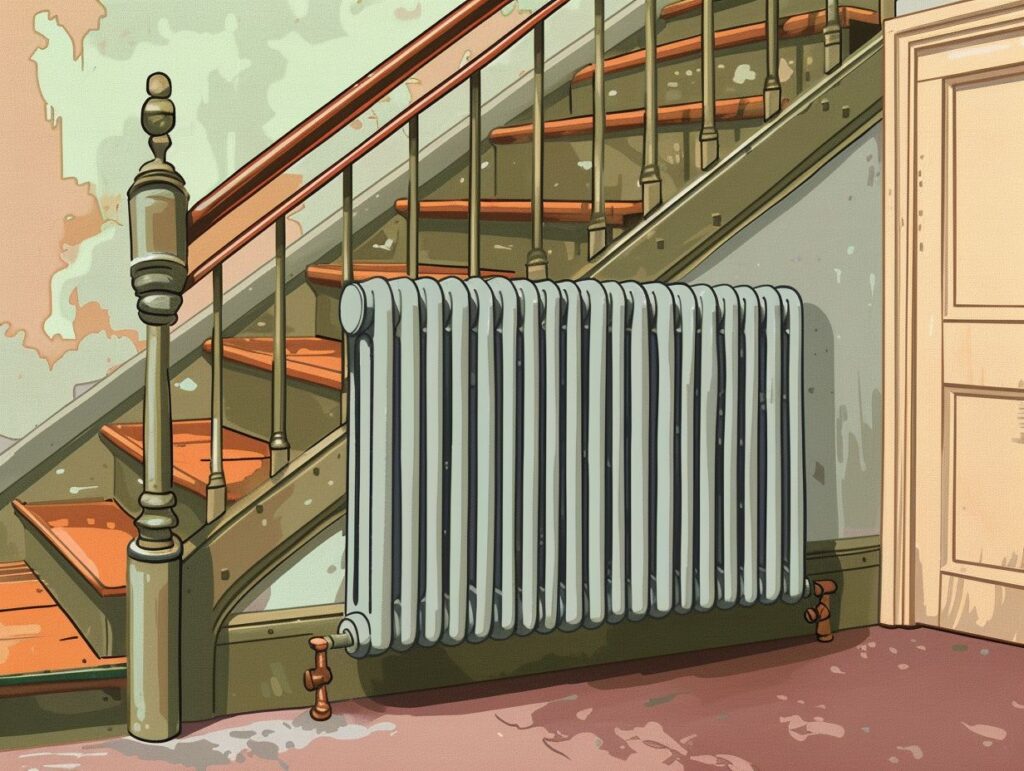Traditional radiators offer a timeless heating solution that not only delivers warmth but also enhances the sophistication of any environment.
When considering the installation of traditional radiators, you should weigh the advantages they bring, such as their efficiency and aesthetic charm. It is important to prepare for their installation by evaluating the space for optimal radiator placement and selecting the appropriate size and type for the area.
This guide outlines a detailed installation procedure, provides maintenance recommendations, and compares traditional radiators to alternative heating choices. By delving into the intricacies of traditional radiators, you can acquire valuable insights on incorporating them into your living space.
Key Takeaways:
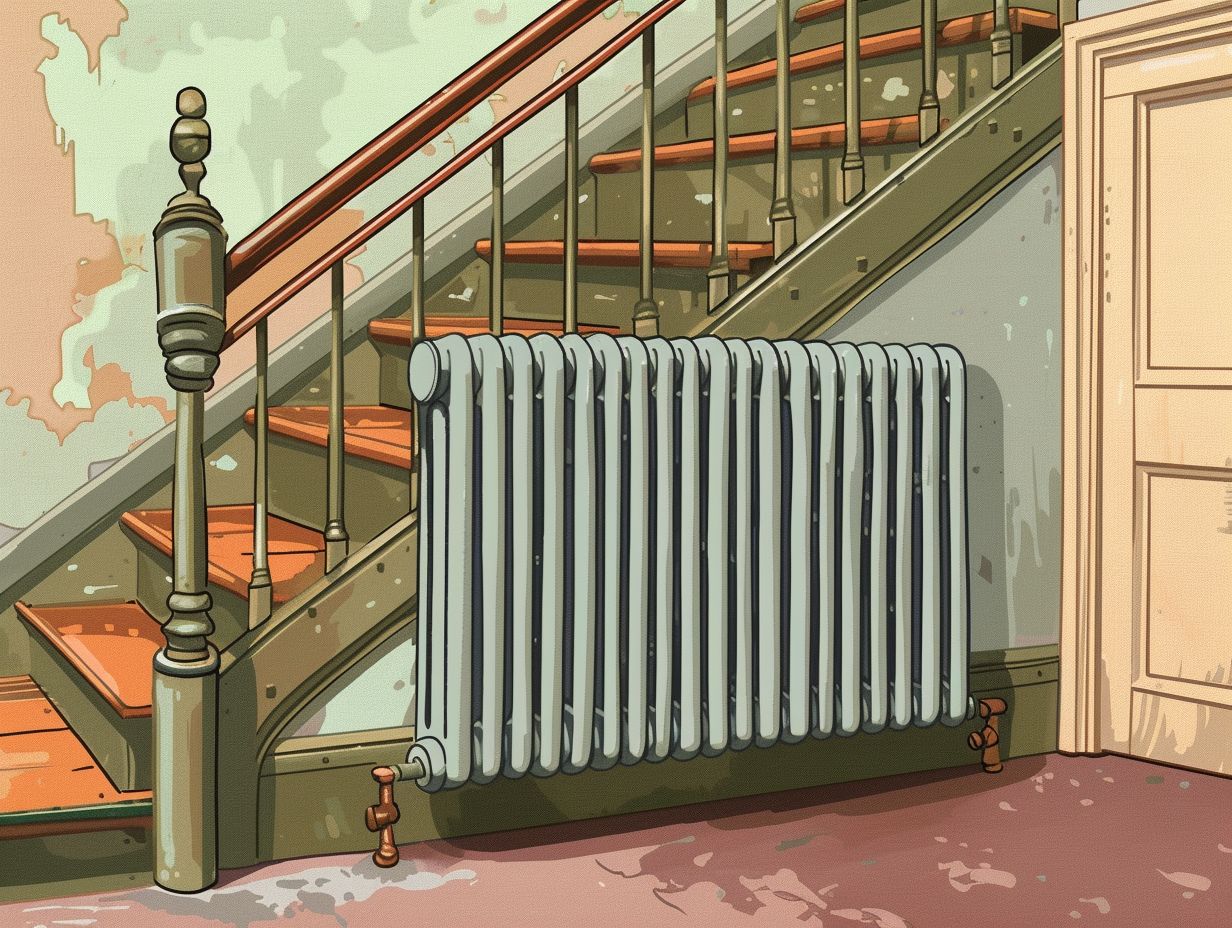
- Traditional radiators offer both efficient heating and a classic aesthetic to any space.
- Proper preparation and choosing the right size and type of radiator are crucial for a successful installation.
- Regular cleaning and maintenance are key to ensuring the longevity and optimal performance of traditional radiators.
Preparing for Installation
Before fitting traditional radiators, you should make sure to understand the installation process and seek expert guidance. It is important to familiarise yourself with the steps involved to guarantee a smooth and efficient installation of your new heating system.
Assessing the Space for Radiator Placement
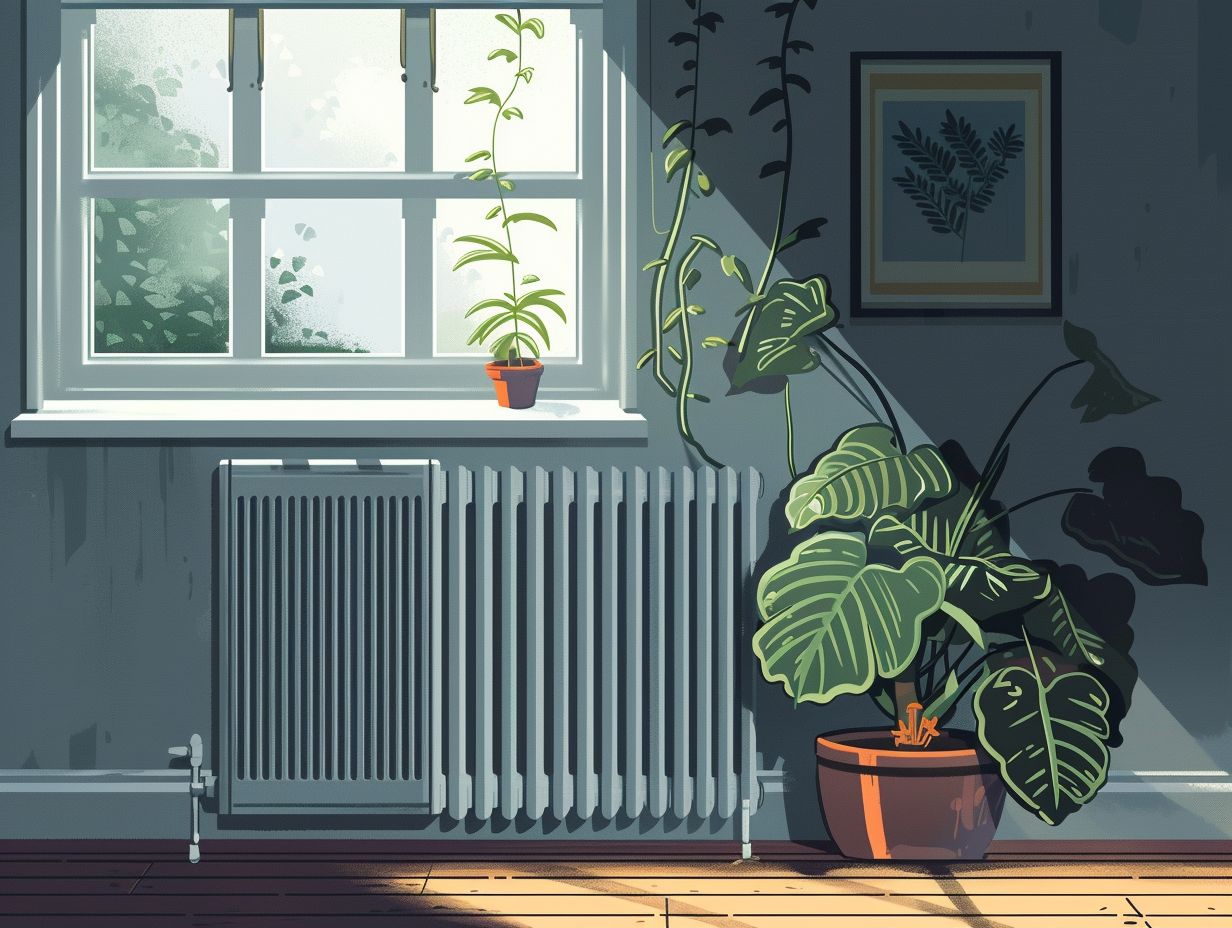
When preparing for traditional radiator installation, you should assess the space in your home to determine the optimal placement for efficient heating. Factors such as room size, layout, and existing heating system should all be taken into account for a seamless integration.
Ensure that the radiator is positioned in a central location within the room to allow for uniform heat distribution. Avoid placing furniture or large objects directly in front of the radiator, as this can obstruct airflow and reduce its effectiveness. Check for any drafts or cold spots in the room that may impact the radiator’s performance.
It is also important to consider any potential obstacles, such as curtains or rugs, that could hinder heat circulation. By carefully evaluating these elements, you can maximise the heating efficiency of your radiator system.
Choosing the Right Size and Type of Radiator
When choosing traditional radiators for your home, it is essential to select the appropriate size and type to optimise efficiency and heat output. Factors to consider include room dimensions, heat requirements, and personal style preferences to ensure you choose the ideal radiator.
Understanding the heating needs of each room is crucial. Larger rooms may necessitate radiators with higher heat outputs, while smaller rooms could benefit from more compact radiators. When selecting radiators, it is important to consider the overall style of your home.
Traditional radiators are available in a variety of designs, ranging from classic to contemporary, allowing you to seamlessly blend functionality with aesthetics.
By thoroughly evaluating your heating requirements and design preferences, you can guarantee that your traditional radiators not only efficiently warm your home but also enhance its overall appearance and ambiance.
Step-by-Step Installation Process
When installing traditional radiators, you must begin by collecting all the tools and materials required for a successful and efficient installation. By following a systematic approach, you can guarantee the correct mounting and connection of the radiators.
Tools and Materials Needed
When conducting an efficient installation of traditional radiators, you will require tools such as a spirit level, pipe spanner, and radiator bleed key, in addition to materials like pipe fittings, valves, and wall brackets. Ensuring that you have the correct equipment will facilitate a seamless installation process.
Essential tools like a pipe cutter, PTFE tape, pipe thread sealant, and a power drill are necessary for accurately cutting and connecting pipes. It is also critical to use proper insulation materials, including pipe lagging and heat-resistant pads, to guarantee the optimal functioning of the radiator.
Additionally, do not overlook the necessity of items such as a tape measure for precise measurements, a pencil for marking, and a stud finder for secure wall mounting. The combination of these tools and materials collectively contributes to a successful and efficient traditional radiator installation.
Mounting and Connecting the Radiator
Ensuring optimal performance and heat distribution requires mounting and connecting the radiator correctly. You should carefully follow the manufacturer’s instructions and securely fix the radiator in place to guarantee a smooth installation process.
Proper mounting entails securely attaching the mounting brackets to the wall at designated points, ensuring they are level and firmly fixed. Following this, connect the radiator by aligning the valves with the pipes and using appropriate fittings to establish a tight seal.
It is critical to bleed the air out of the system to prevent airlocks and ensure efficient heating. Before activating the system, thoroughly inspect all connections for leaks. By adhering to these steps, you can achieve a well-installed radiator that functions effectively.
Maintenance and Care for Traditional Radiators
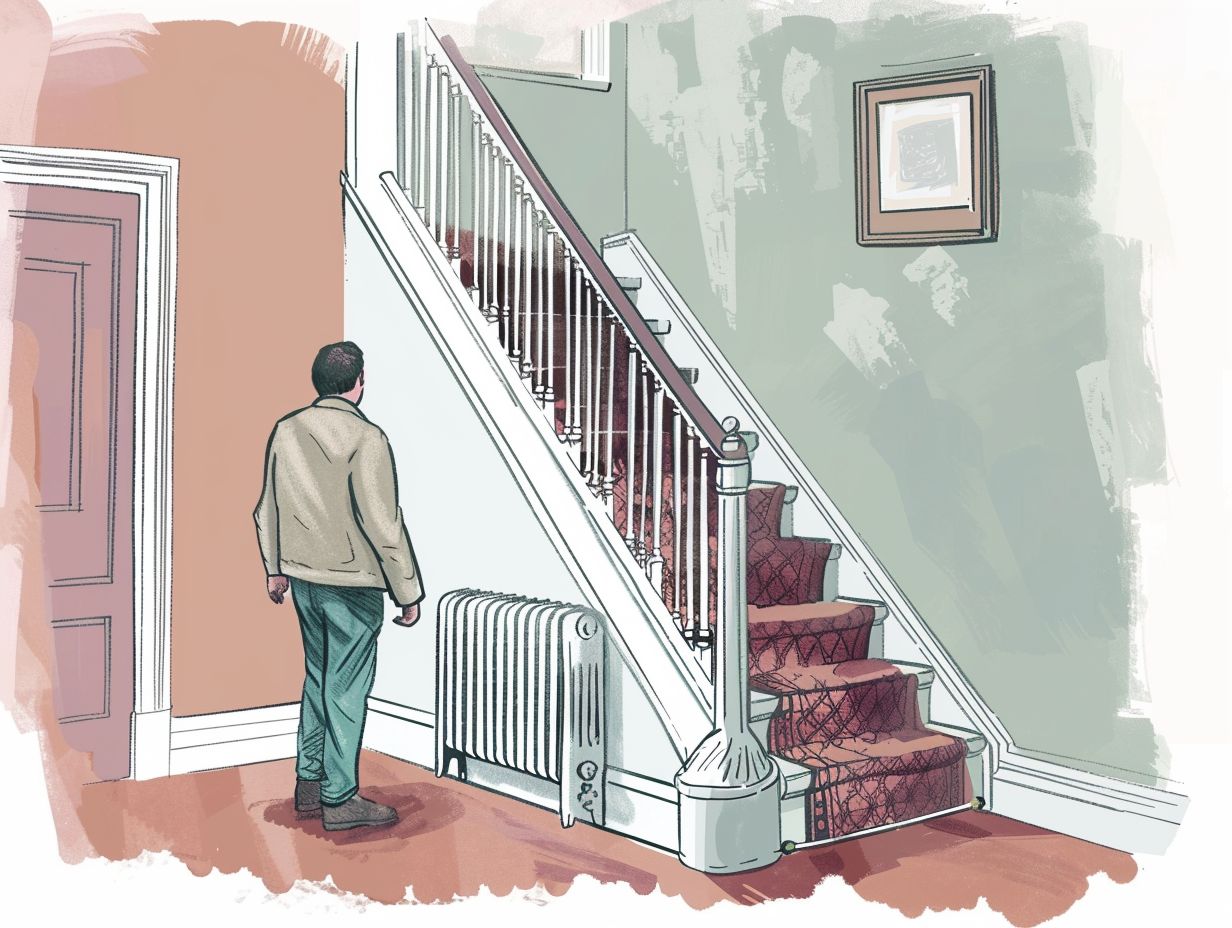
Regular maintenance and proper care are essential to ensure the optimum performance of traditional radiators. Using cleaning methods and diagnostic strategies can efficiently tackle common issues and enhance the lifespan of your heating system.
Cleaning and Troubleshooting Tips
To maintain traditional radiators effectively, it is crucial for you to engage in regular cleaning to prevent the build-up of dust and ensure optimal heat transfer. Troubleshooting tips can be used to help you identify and address issues such as inconsistent heating or leaks.
It is essential to periodically bleed the radiators to release trapped air, as this can lead to cold spots. Additionally, you should check that the radiator valves are fully open and not obstructed by furniture or curtains, as this simple step is often overlooked but can have a significant impact.
Regularly inspecting the radiators for any signs of corrosion or water damage can help prevent more serious problems from arising. By incorporating these maintenance practices into your routine, you will be able to enjoy a consistently warm and comfortable environment in your home.
Alternative Heating Options
Although traditional radiators are known for their efficiency in heating, it is worth considering alternative heating options to find modern solutions for your home. Conducting a comparison between traditional radiators and other heating systems can assist you in making a well-informed decision.
Comparing Traditional Radiators to Other Heating Systems
When comparing traditional radiators to other heating systems, you should consider factors such as energy efficiency, installation costs, and maintenance requirements. Each heating system has its own set of advantages, so it is important to choose the one that best aligns with your needs and preferences.
Traditional radiators are known for their consistent heat distribution and ability to retain warmth even after the system is turned off. While they may have a slower heating process, they are generally more cost-effective in terms of installation when compared to some modern systems. However, maintenance and cleaning of radiators can be more labour-intensive.
On the other hand, newer heating technologies like underfloor heating provide efficient warmth distribution and save on space, but they may involve higher initial installation costs. Ultimately, the decision of which heating system to choose depends on your priorities and the layout of your home.
Frequently Asked Questions
What tools and materials do I need to install traditional radiators?
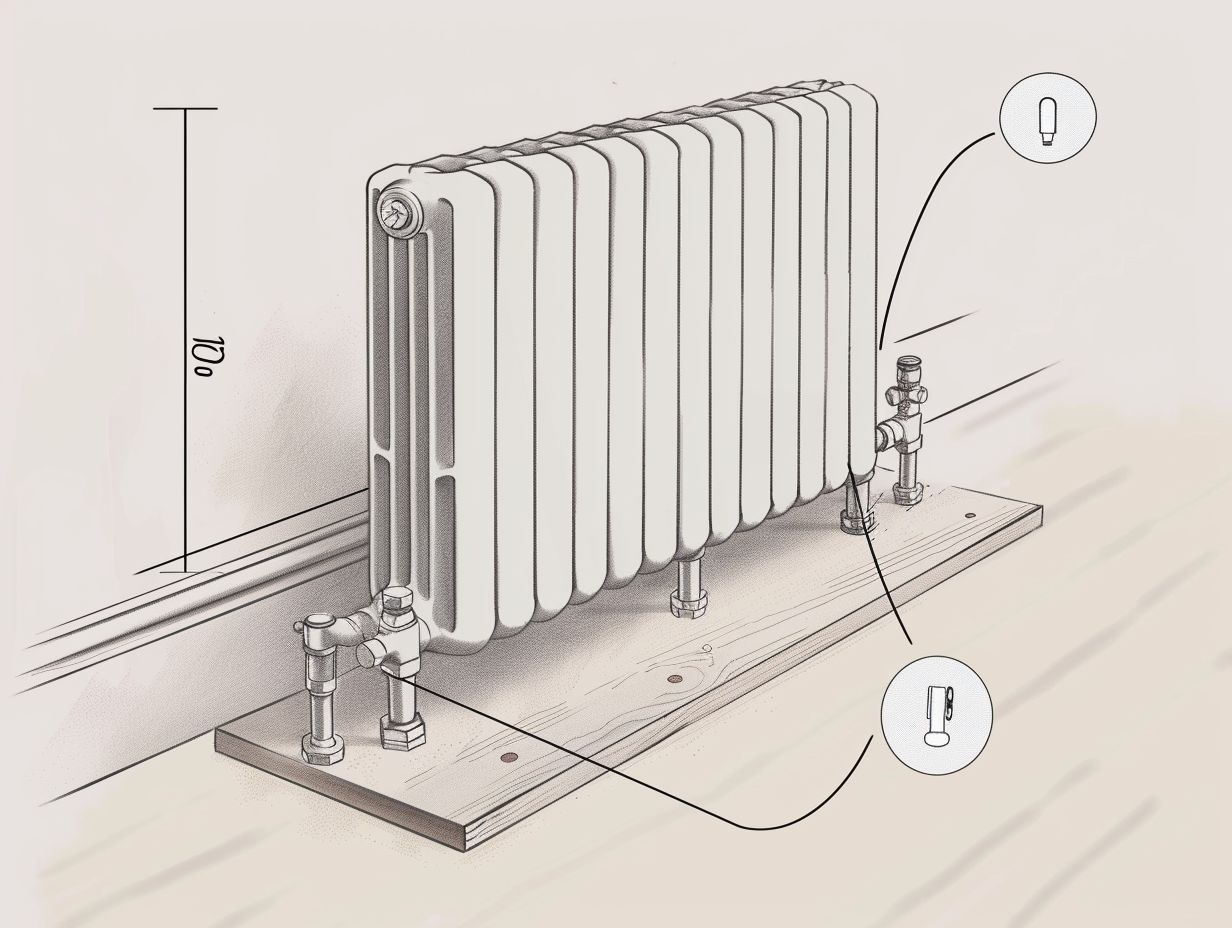
The tools and materials you will need for installing traditional radiators include a drill, screws, brackets, a spirit level, pipe cutters, a pipe bender, radiator valves, and pipe connectors. You may also need a radiator key, PTFE tape, and a radiator bleed key.
Can I install traditional radiators myself or should I hire a professional?
While it is possible to install traditional radiators yourself, it is recommended to hire a professional for the job. A professional will have the necessary tools, experience, and knowledge to ensure the installation is done correctly and safely.
How do I know where to position the traditional radiators?
The ideal position for traditional radiators is on an external wall, as this allows for the most efficient heat distribution. You should also consider the size and layout of the room, as well as any obstructions such as furniture or curtains that may block the heat.
Do I need to bleed my traditional radiators after installation?
Yes, it is recommended to bleed your traditional radiators after installation. This will remove any trapped air and ensure that the radiator can heat up properly. You may also need to bleed your radiators periodically to maintain their efficiency.
Can I use my existing pipework for installing traditional radiators?
It is possible to use existing pipework for traditional radiator installation, but it is important to ensure that the pipework is compatible and in good condition. If the pipework is old or damaged, it may be necessary to replace it with new pipes.
How long does it take to install traditional radiators?
The time it takes to install traditional radiators depends on a variety of factors such as the number of radiators being installed, the complexity of the pipework, and the experience of the installer. On average, it can take anywhere from 2-6 hours to install traditional radiators.

